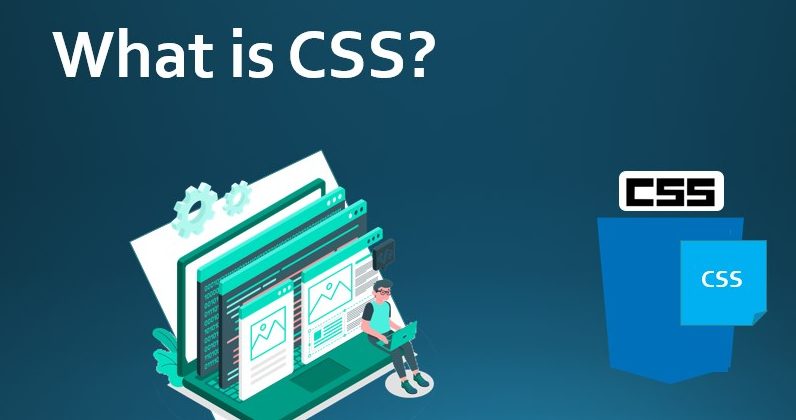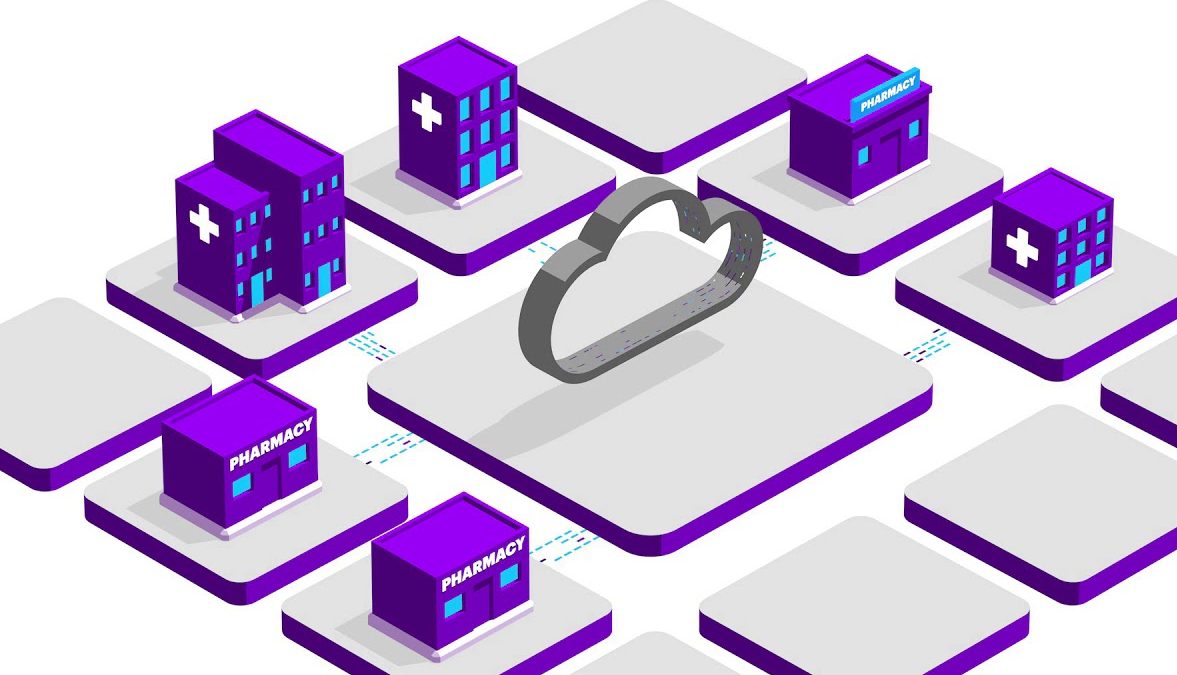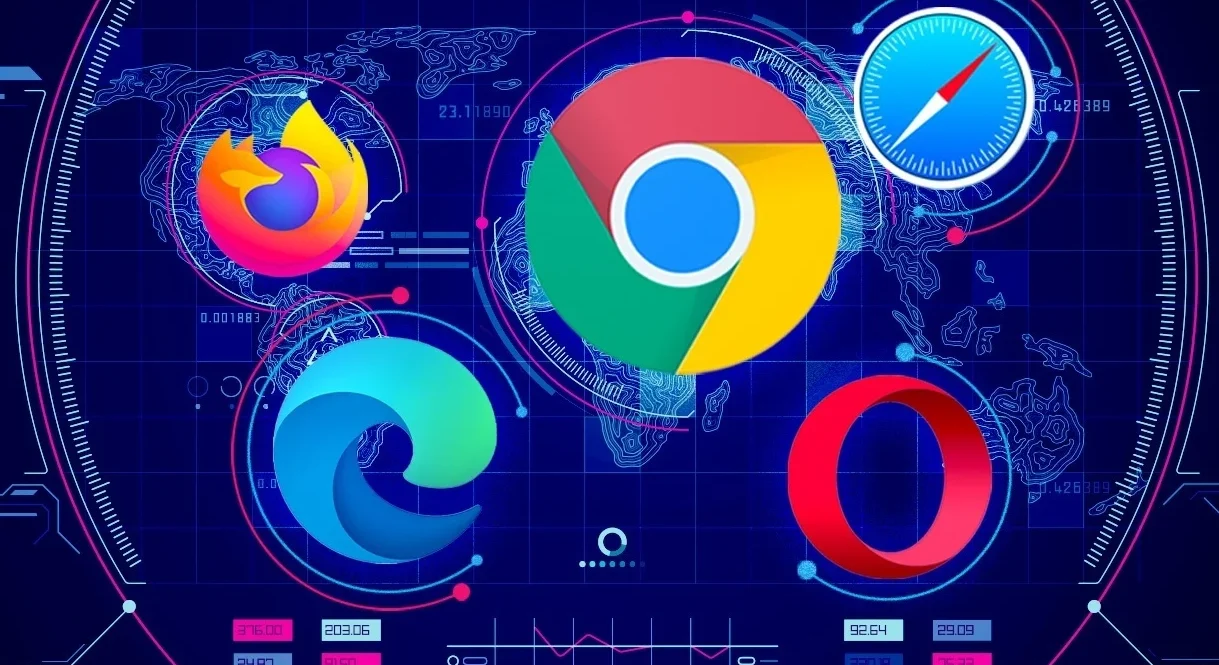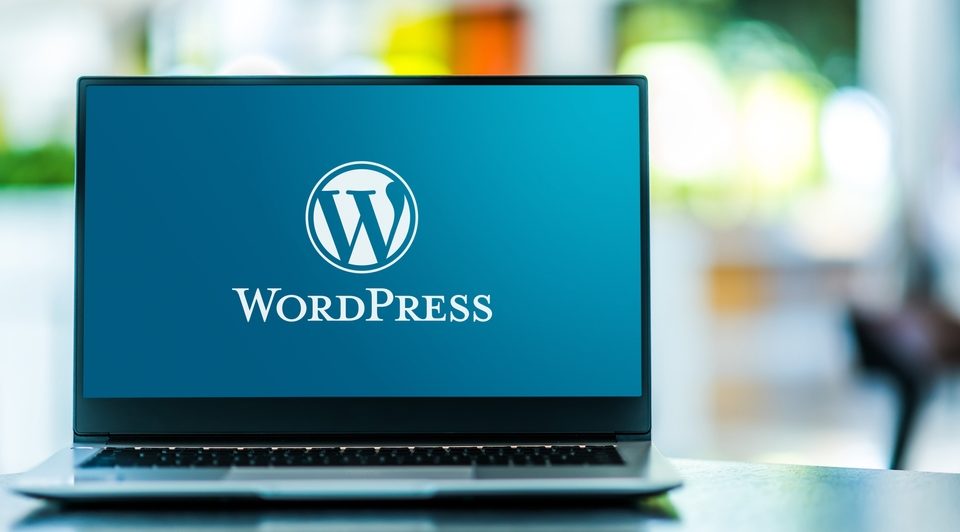CSS is one of the most important programming languages. It is used to define styles for your web pages, including layout, layout, and display variations for different devices and screen sizes. Thus, with its help, fonts, paragraphs, colors and many other configurations that your website must have are established. Why is it so important? Because it helps the user to have a pleasant browsing experience and simplifies the way information is presented.
1. What is CSS?
CSS can be said to be a programming language, which focuses on the style used in presenting a document written in a markup language, such as HTML. The name CSS comes from the expression Cascading Style Sheets and is a basic technology of the World Wide Web, along with HTML and JavaScript.
It is designed to allow styling of a web page’s content and presentation, including appearance, font, and colors. This procedure actually improves the accessibility of content, provides more flexibility and control over specifying presentation features, allows multiple web pages to share formatting, and reduces repetition and complexity of structured content.
It also formats the page in such a way that it is feasible on different types of screens, by voice, but also on Braille touch devices. In addition, it has alternate format rules in case the content is accessed from a mobile device and changes the appearance of the page so that it is visible from any perspective.
CSS is one of the most used style languages on the web for several reasons:
helps save time: code can be written only once and then reused across multiple HTML pages. You can also define a style for each HTML element and apply it to any web page you need.
pages load faster – the more code you add to a page, the harder it will load. CSS allows you to use as little code as possible through a certain rule, which can be applied to all tags in an HTML document. So if you have one or more product pages that should all be formatted the same, CSS will help you do this by simply adding some code.
offers a better user experience – in addition to facilitating the visibility of a web page from the user’s perspective, it also allows very easy formatting. When you have well-organized buttons and text, placed in logical places for the reader, their experience is greatly improved.
Easy formatting changes – whenever you need to change certain formats of your web pages, CSS makes it easy for you, without having to fix each page separately. You just need to edit the appropriate style sheets and the code will be applied to all pages that use them.
It is compatible with all devices: nothing is more unpleasant than not being able to access a specific page when using a smaller screen. All pages must be visible, intelligent and very easy to navigate, regardless of the device that accesses them.
Global Web Standards: HTML has roughly the same attributes as CSS, but is considered an outdated language for designing. That is why it is recommended that you use CSS in the formatting of your website, so that in the future the pages are compatible with all browsers and you do not encounter problems in this regard.
is superior to HTML: If you want to benefit from a wide range of attributes, CSS is the style language to use. It will help you provide a much better structure and easier for users to navigate than HTML. Also, compared to HTML and other languages, it supports the use of CSS, including XHTML, Raw XML, SVG, and XUL.
Thus, CSS is a language that transforms a website into a very attractive platform, but at the same time simple and easy to visualize. While HTML largely determines the content of the text, CSS determines the visual structure, aesthetics, and appearance. Something very important to keep in mind before using CSS is to know the HTML language. This is the base from which you must start.
2. CSS in HTML: what is the style of HTML pages?
HTML and CSS are different programming languages, which use different code, but manage to complement each other perfectly. However, a CSS format will not work for HTML and vice versa. That is why it is important that the two be studied separately, to better understand how they work.
CSS is a language for specifying how documents are presented to users: how they are designed, how they are distributed, etc. A document is usually a structured text file that uses a markup language: HTML, but can also be found in other languages, such as SVG. or XML.
Presenting a document to a user means transforming it into a usable form for the public of your site. Browsers are designed to present documents visually, for example, on the screen of a computer, tablet, phone, etc. CSS can be used to style the text of the base document and is used to change the color and size of headings and links. It can also be used even for effects like animation.
To better understand how CSS works with HTML, you can do an imagination exercise. For example, HTML is the engine of a car and CSS is its body. The car will do without the latter, but it will certainly not have a very pleasant appearance. The same is true for websites. They can be accessed, but if they provide an unpleasant user experience, they can be considered lost customers. Therefore, CSS makes the front end of a site create a delight, both visually and in the written part that someone should read. Without CSS, your site will look less pleasing and much more difficult to navigate.
Practically, the use of CSS falls into two main categories: the first is to set some backgrounds, colors, sizes and text styles, and the second is to define the elements within a page. There are many programs that allow the construction of a standard website, with predefined elements, and this approach is suitable for pages that are at the beginning of the journey and still working on their aesthetics. However, they are not suitable for websites that have high user traffic and want to develop, featuring multiple products and more and more content. This is where CSS comes into play. With its help, you can design the appearance of your website to your liking.
Also, one important thing to keep in mind to ensure your website runs at peak parameters is web hosting. Any page that wants to have a constant flow of visitors and must-know content depends on high-quality hosting services. Also, using them will back up your site and ensure that it has faster loading speeds, as well as security, which is extremely essential.
3. CSS programming language – features
CSS is a very easy to use programming language, intended to simplify the process of rendering web pages. Therefore, if you want your users to have a unique experience, it is advisable to contact a software engineer who works in the field of web development. The CSS coding language is interchangeable. Its basic purpose is to bring a more standardized practice to web development. Using a CSS code or you can speed up your web development effort because it allows you to use predefined web elements.
Styles for a page can be defined in the head of the HTML document, in an external css file, or in the body part.
All styles are defined by tags (codes) and can be used to:
- the color of a page (background)
- selecting a web page background image
- repeat a background image horizontally
- background image positioning
- set the width of all four page borders (top left, bottom / top right, bottom)
- set the style of the four page borders (top left, bottom / top right, bottom) color settings
padding an element on the page - set a color of the text inside the different elements
- align and decorate the text
- character spacing
- align an image within a text
- set the background, size, style and color of a text
- create link boxes
- add tables to page
- add the outline of a text or an image
- entering URL
- creation of image galleries
- 2D transformation of different elements (rotate, reduce, enlarge, move)
- add an animation to an element
- image settings
- adding buttons
- pagination
- add color inside the page
Therefore, the use of CSS language is essential. With it you can customize your website to your liking. Apart from this, hosting and database are the other elements that your website should benefit from to make sure it works as it should.
4. Elements and attributes in HTML and CSS
The most important terms in the HTML programming language are elements, tags, and attributes:
elements – define the content and structure of the objects that exist on a page. The most famous elements are the headings (from h1 to h6), the paragraphs and those that are written
. The symbols at the beginning of the element name (“smaller” and “larger” are called labels or tags, which are always found in pairs and cannot exist separately. The horizontal line at the end gives the program the information it has the respective text ended. Therefore, the closing tag is “/”. Whatever is between the two tags (“<” and”>”) represents the content of that element.
attributes: most often used to provide more information about an element. For example: id (identifies a unique element) class (classifies an element) src (mentions the source of a content) and href (means the reference of a hyperlink to a resource. The attributes are placed inside a tag, right at the beginning after the element name. They include a value and a name.
The most important terms in the CSS programming language are selectors, values, and owners:
Selectors – This tool identifies which element of the HTML code is associated with the style, such as size, color, position, etc. They can include a specific multiple selection, such as a single line in a paragraph, only certain paragraphs, or all. paragraphs Selectors are followed by braces. Within them, mention the appearance you want that element to have. Properties such as background, height or width, color, etc. can be used. E.g:
p {
color: …;
font size: …;
}
the values: After the elements have been selected and how you want them to look, their ownership is determined by using a value. For example, in terms of color, the value might be “yellow” and in terms of font size, the value might be “12”. They are placed between the colon and the trailing semicolon. Taking the example above, the code will become:
p {
yellow color;
font size: 12px;
}
Through these codes, the text that appears on your web page can be modified to your liking. CSS and HTML are not very complicated programming languages, but you have to practice constantly to be able to use them at an advanced level.
Therefore, if you want your web page to have a neat and pleasant visual appearance and to access it in the most efficient way possible, you must use a programming language such as CSS. Also, do not forget the fact that any site with a large flow of users needs a high-performance web hosting.



